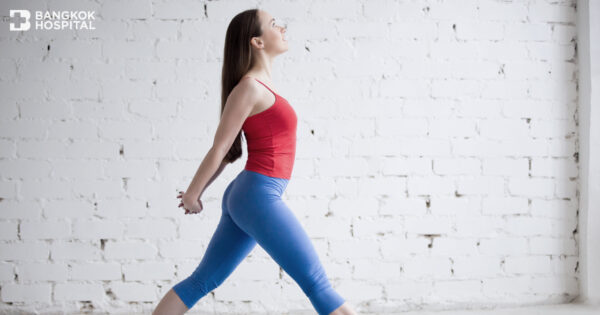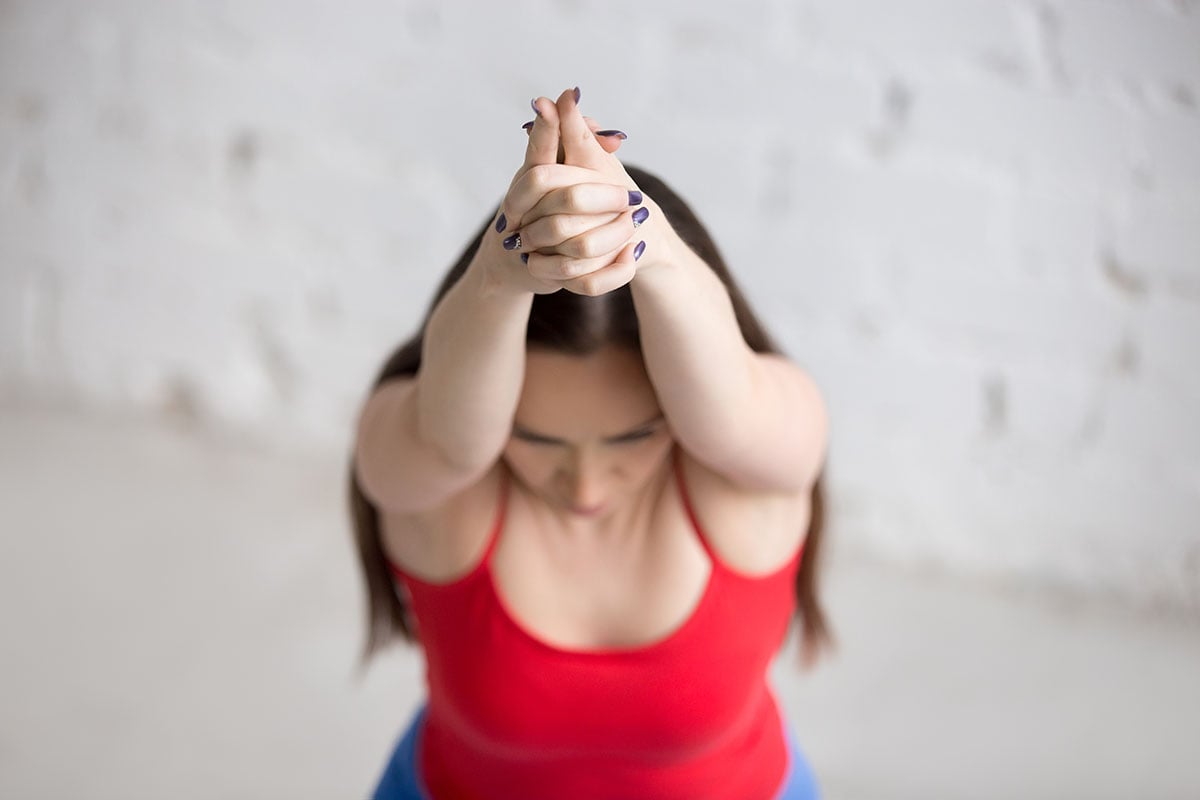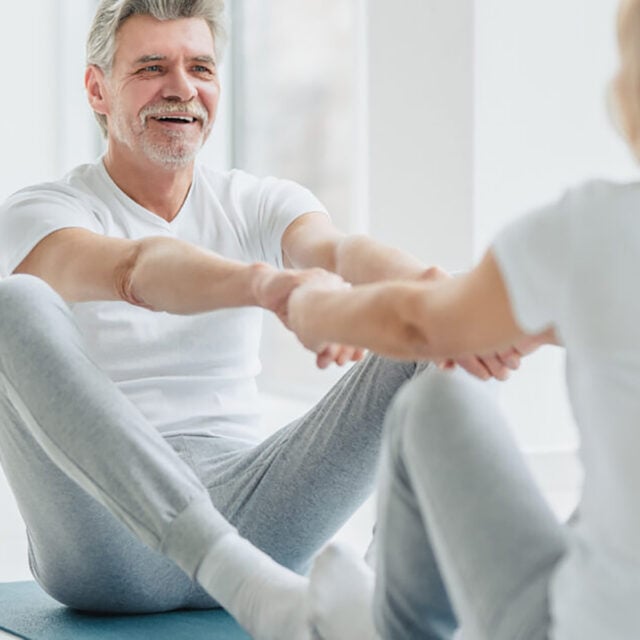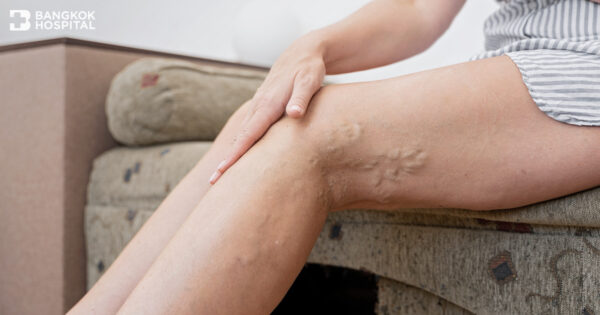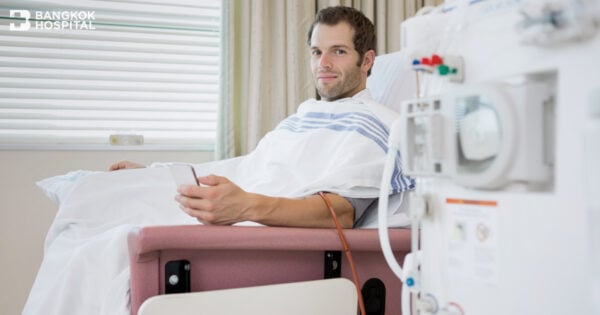Work from home has become a reality for a large number of people across the world due to the tremendous effects caused by the COVID-19 pandemic. Although avoiding the commute is a crucial tool in preventing COVID-19 amidst the crisis, the sedentary lifestyles during working from home or even a long travel journey pose significant risks on health and wellbeing, especially when it comes to venous problems. Deep vein thrombosis, as one of the most common venous diseases, is a blood clot in a vein that usually develops in the legs. Long period of immobility e.g. sitting for long periods of time does not allow the calf muscles to contract, leading to impaired blood circulation and potentially causing deep vein thrombosis. As keeping blood moving to all areas of the body helps prevent blood clot formation, simple movements and stretches can help reduce the risk for deep vein thrombosis, allowing for healthy habits during work from home periods.
Get to know deep vein thrombosis
Deep vein thrombosis occurs when a blood clot (known as thrombus) forms in one or more of the deep veins in the body, usually in the legs. Despite deep vein thrombosis can occur without noticeable symptoms, common warning signs and symptoms of deep vein thrombosis include pain or soreness in the affected leg that usually starts in the calf, swelling or a feeling of warmth in the affected leg and red or discolored skin on the leg. Deep vein thrombosis can potentially develop due to certain conditions that affect how blood clots. It usually happens after prolonged immobilization periods, such as sitting in a long travel journey and deskbound habits that limit leg movement longer than 4-8 hours.
A potentially life-threatening complication associated with deep vein thrombosis is a pulmonary embolism (PE). It occurs when a blood vessel in the lung becomes blocked by blood clots that travel to the lungs from deep veins in the legs. Symptoms and severity of a pulmonary embolism depend on the size of the clot and where it lodges in the lung. If the blood clot is considerably large enough to completely block the vessels in the lung, it can possibly lead to sudden death.
Simple exercises to help prevent deep vein thrombosis
If you are getting stuck sitting for a long time during working from home, these 8 simple exercises can enhance blood circulation, lowering the chances of deep vein thrombosis.
Exercise 1: Ankle rotation
Raise your feet slightly off the floor. With your toes upward, rotate the ankles clockwise slowly and hold for a few seconds then return to starting position and repeat 10 times. After that, rotate the ankles anti-clockwise slowly and hold for a few seconds then return to starting position and repeat 10 times.
Exercise 2: Forefoot rising and hind foot rising
Putting both feet on the floor. Rise the forefoot up while the rear foot remains touching the floor and hold for 5 seconds. After that, slowly point the toes toward the floor. Lift the sole up, hold for 5 seconds. Repeat 10 times for each foot.
Exercise 3: Knee uplifting
Putting both feet on the floor. Slightly lift the knee up and hold for 5 seconds. Repeat 10 times/ each knee.
Exercise 4: Neck rotation
Slightly turn your neck clock-wise 10 times and anti-clockwise 10 times, alternately.
Exercise 5: Shoulder rotation
Rotate the shoulders forward 10 times and then backward 10 times.
Exercise 6: Hand and finger flicking
Flick hands and fingers 10-20 seconds each time, repeat as needed.
Exercise 7: Arm stretching
Bring two arms overhead with two hands joining together. Stretch arms upwards with palms pointing forward and hold for 5 seconds. Then Stretch arms upward with palms pointing upward and hold for 5 seconds. Repeat alternately for 10 times.
Exercise 8: Walking
Instead of being deskbound, take a regular break by moving or walking for toilets or drinking water is recommended.
Sedentary lifestyles while COVID-19 restrictions are imposed often provide an associative risk of conditions such as deep vein thrombosis. To avoid such extreme consequence, people need to ensure they take direct action and pursue healthy habits to incorporate more activity into their daily routines. Simple exercises can be easily conducted anywhere, allowing more efficient blood flow and lowered the risk of blood clot formation. Nevertheless, if warning signs of deep vein thrombosis exhibit, e.g. leg pain especially in the calf, swelling or a feeling of warmth in the affected leg and skin discoloration, immediate medical assistance provided by the expert vascular specialist must be sought.




